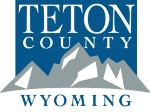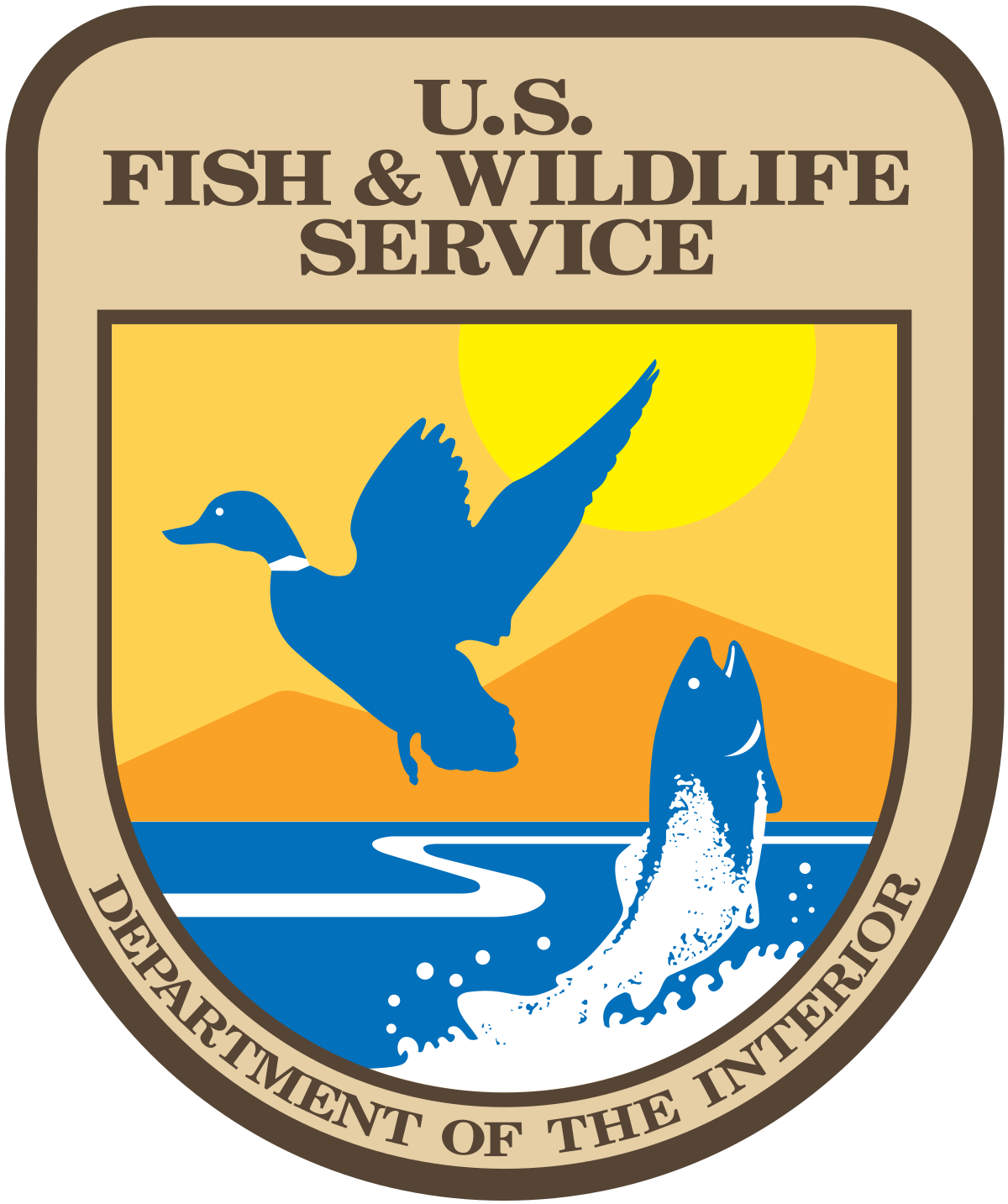ABOUT THE SNAKE RIVER IN WYOMING
Snake River Fly Fishing
Fly fishing on the Snake River is an experience you won’t forget. The Snake River is just minutes away from the town of Jackson Hole and Grand Teton National Park, making it an easy journey to some of the best fly fishing in Wyoming. Often called the hatchery stretch, this river boasts a variety of bugs, birds, plant life, wildlife, and more.
Created by the confluence of three small creeks in Yellowstone National Park, the Snake River makes an impressive 1,078-mile journey from the corner of Western Wyoming, all the way to the Columbia River in the Pacific Northwest. Its flow is influenced by snowmelt from the surrounding mountains, resulting in higher water levels in spring and early summer. The river’s tributaries and springs ensure a steady flow and clear water conditions, ideal for your Jackson Hole fly fishing trip.
Fish Species
Anglers flock to the Snake River for its exceptional trout fishing, with the most sought-after species being:
- Snake River Fine-Spotted Cutthroat Trout: Renowned for its dense pattern of small spots.
- Mountain Whitefish: Abundant and often found alongside trout.
Fly Hatches
The Snake River’s diverse fly hatches are crucial for fly fishing. Notable hatches include:
- Stoneflies: Especially the Skwala, which is a sought after hatch.
- Mayflies: Such as the Hecuba and Snake Drake.
- Caddis flies: Various species, with peak hatches in summer.
- Terrestrials: Grasshoppers and ants, prevalent in late summer and early fall.
Fishing Tips
- Best Spots: The Snake is vast and varied, including several “fishy” side channels and tall canyon walls. Target areas with deep pools and undercut banks where trout hide.
- Fly Selection: Use flies that match the current hatch by looking for signs of insect activity on the water and visit local fly shops for their suggestions.
- Techniques: Both nymphing and dry fly fishing work well. Streamers are useful in deeper waters for larger trout.
- Equipment: A 4-6 weight rod is suitable for most conditions on the Snake River. Adjust your strategies based on water flow and conditions.
Check out our fly fishing hatch guide for the Snake River for a deeper dive into the hatches!
5 Fun Facts About Our Favorite Fly Fishing River
- Diverse Trout Species: The Snake River is home to several species of trout, including the native fine spotted cutthroat and whitefish.
- Trophy Catch: The Snake River fine-spotted cutthroat trout, a subspecies only found in the Snake River, is considered one of the most sought-after trophy catches among fly anglers.
- Scenic Backdrop: The Grand Tetons, a stunning mountain range, serves as a majestic backdrop for anglers casting their flies on the Snake River. The combination of awe-inspiring landscapes and excellent fishing makes the experience truly unforgettable.
- Famous Anglers: Jackson Hole, a picturesque valley near the Snake River, has attracted numerous famous anglers over the years, including Ernest Hemingway and President Jimmy Carter.
- Historical Significance: The Snake River was a crucial pathway for fur traders and explorers in the 1800s and played a significant role in the westward expansion of the United States as part of the Oregon Trail.
Historical Information
Not only is the Snake River rich with fish, but it also holds a longstanding history. Native American tribes, including the Shoshone, relied on the river for sustenance and transportation. During the 19th century, fur traders, trappers, and pioneers used the river as a crucial navigation route. The Snake River was also a key part of the Oregon Trail, facilitating the westward expansion of settlers. The Snake has played a significant role in the history of fly fishing and the evolution of the sport.
Ecological Overview
The Snake River is a cornerstone of the Greater Yellowstone Ecosystem. Its riparian zones are rich in biodiversity, providing essential habitats for numerous plant and animal species. The river’s clean, cold waters support aquatic life and contribute to the overall ecological health of the region. Conservation efforts are ongoing to protect this vital waterway from pollution and overuse.
Fly fishing on the Snake is great for all groups and experience levels. From small kids on our family fishing trips to lifetime anglers, our Jackson Hole fly fishing guides are ready to get everyone on fish! The Snake River has been the heartbeat of Jackson Hole for centuries, so be sure not to miss this once-in-a-lifetime experience.
Snake River Flows
Below, you’ll find the latest USGS graph displaying the current Cubic Feet per Second (CFS) discharge of the Snake River below Flat Creek near Jackson Hole, Wyoming where our Snake River fly fishing trips take place. This crucial metric fluctuates seasonally, with the highest flows typically occurring in spring due to snowmelt in the surrounding mountains. As winter approaches, the CFS usually drops, reflecting the river’s calmer, lower volume state. Understanding these CFS trends is very helpful when determining current fishing conditions, as they directly impact river conditions and fish behavior. Use this graph to stay informed about the Snake River’s fly fishing conditions for a safe and successful fishing experience!




